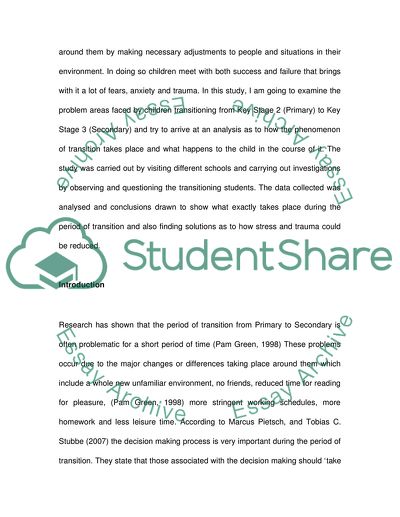Cite this document
(“Transition from key stage 2 (primary) to key stage 3 (secondary) Essay”, n.d.)
Transition from key stage 2 (primary) to key stage 3 (secondary) Essay. Retrieved from https://studentshare.org/miscellaneous/1558758-transition-from-key-stage-2-primary-to-key-stage-3-secondary
Transition from key stage 2 (primary) to key stage 3 (secondary) Essay. Retrieved from https://studentshare.org/miscellaneous/1558758-transition-from-key-stage-2-primary-to-key-stage-3-secondary
(Transition from Key Stage 2 (primary) to Key Stage 3 (secondary) Essay)
Transition from Key Stage 2 (primary) to Key Stage 3 (secondary) Essay. https://studentshare.org/miscellaneous/1558758-transition-from-key-stage-2-primary-to-key-stage-3-secondary.
Transition from Key Stage 2 (primary) to Key Stage 3 (secondary) Essay. https://studentshare.org/miscellaneous/1558758-transition-from-key-stage-2-primary-to-key-stage-3-secondary.
“Transition from Key Stage 2 (primary) to Key Stage 3 (secondary) Essay”, n.d. https://studentshare.org/miscellaneous/1558758-transition-from-key-stage-2-primary-to-key-stage-3-secondary.


